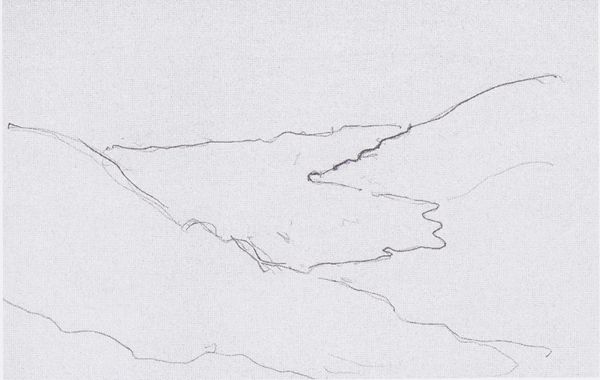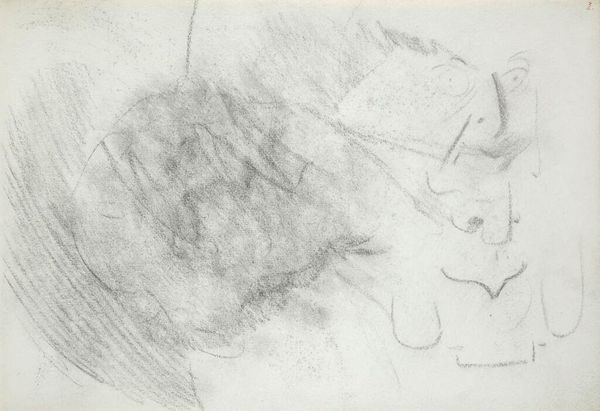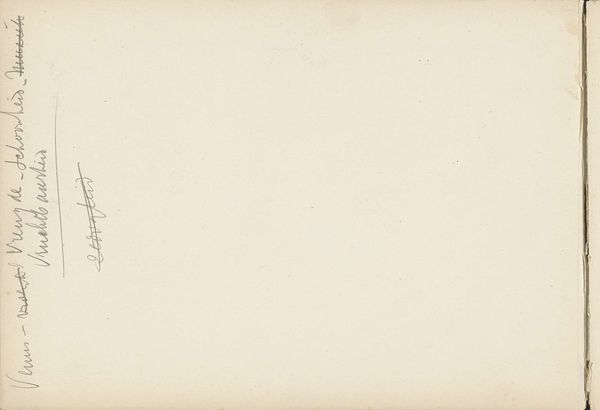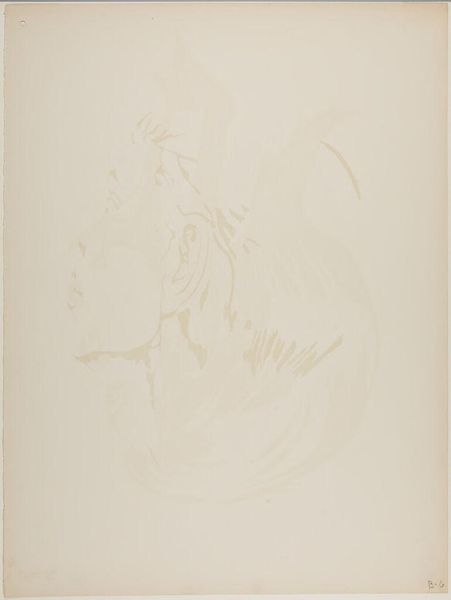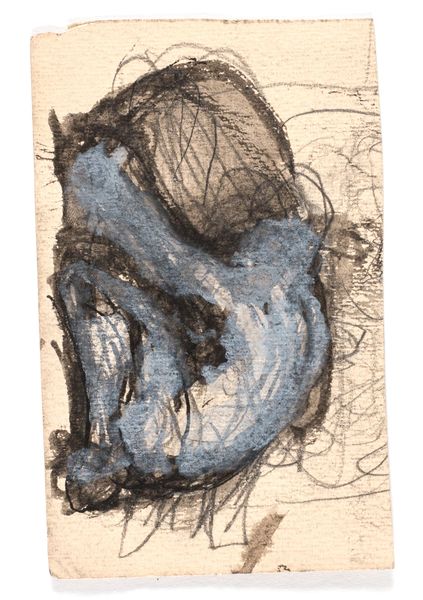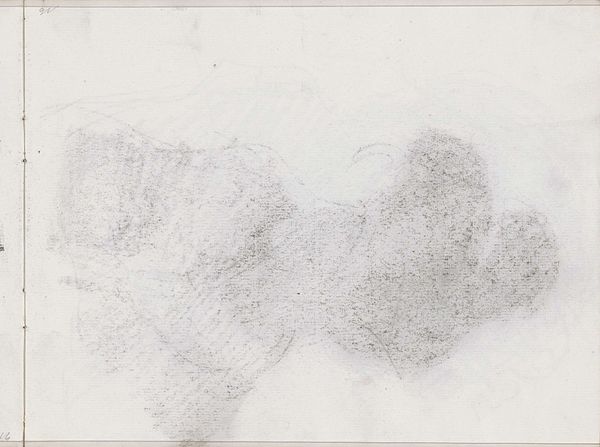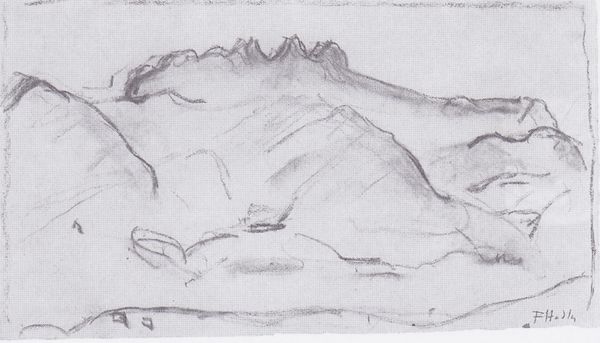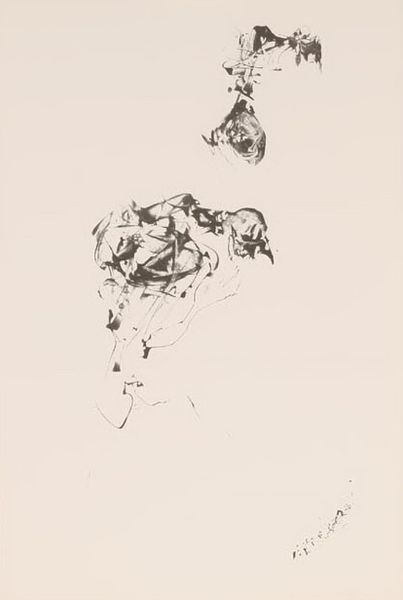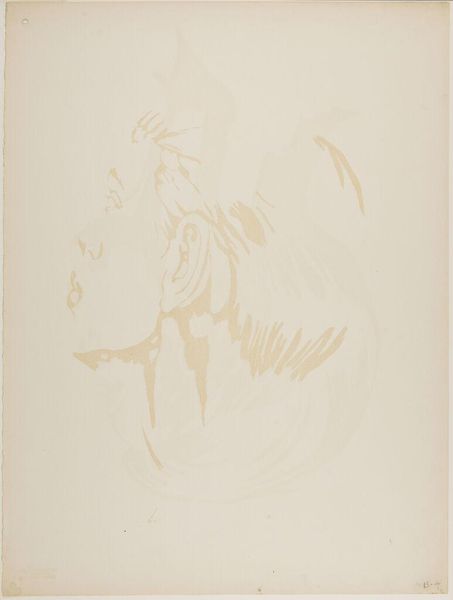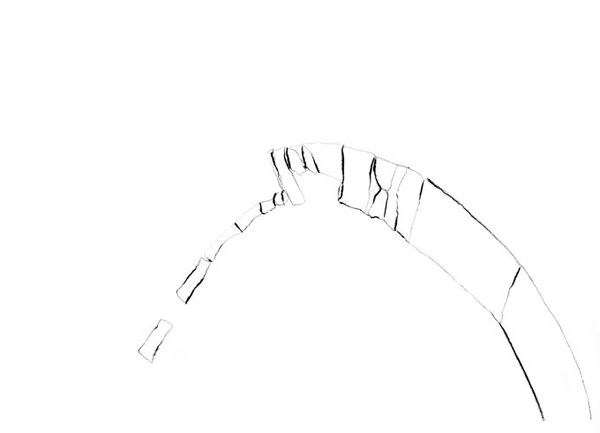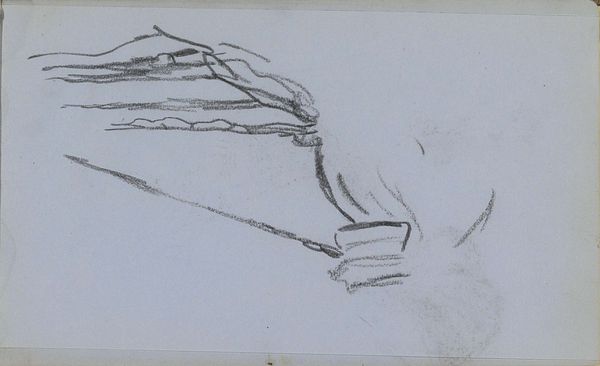
drawing, pencil
#
portrait
#
drawing
#
animal
#
dog
#
pencil
Copyright: Public domain
Editor: So, this is Nicholas Roerich's "Head of a Dog," a pencil drawing from 1893. There's something very tentative and vulnerable about it; a lot of negative space. What jumps out at you? Curator: The sketch certainly highlights Roerich’s engagement with realism but through the lens of early Symbolist aesthetics. The sparse lines draw attention to the essence of the animal, de-emphasizing material reality. Have you considered what role animals played within Russian artistic circles at the close of the 19th century? Editor: Not deeply, no. I guess I always thought of animal portraits as something more classical, something earlier. Curator: Exactly! This departs from the traditional aristocratic menagerie of earlier art. Remember that 1893 was a time of huge social upheaval in Russia, right before the 1905 revolution. There’s a turn toward the folk, the primal, perhaps even an idealized return to nature. The dog isn’t simply a pet, is it? It might be seen as a representation of fidelity amidst societal change, or an anchor to simpler times. Editor: That's a fascinating way to put it. I hadn’t considered it within that historical context. Does the fact that it's a sketch – unfinished, raw – reinforce that reading, you think? Curator: Precisely. Its very "unfinishedness" underscores a sense of searching, a lack of concrete certainty, fitting with the anxieties of the period. Now, imagine seeing this sketch displayed in an exhibition alongside his other works of that period; how would its meaning be further shaped? Editor: That makes so much sense. Looking at it now, I can see how the style adds to the narrative. I definitely have a richer understanding now – seeing art as part of a much broader conversation with society.
Comments
No comments
Be the first to comment and join the conversation on the ultimate creative platform.
